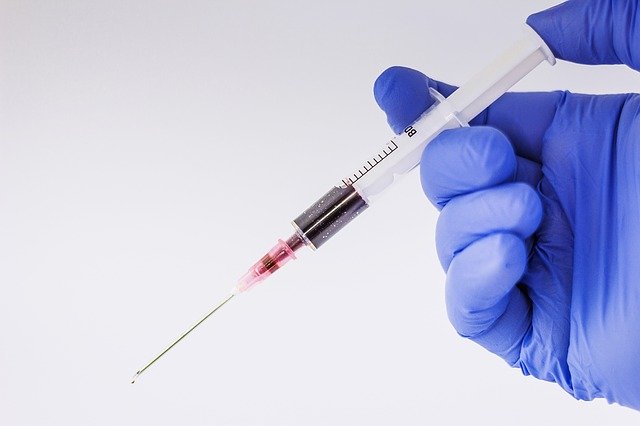
In a new study, researchers have discovered new ways in which the body regulates blood clots in a discovery.
It could one day lead to the development of better treatments that could help prevent and treat conditions including heart diseases, stroke and vascular dementia.
The study was led by the University of Exeter and funded by the British Heart Foundation.
The team has developed a new technique that allows them to simultaneously measure blood clotting and the formation of free radicals.
Free radicals are unstable molecules containing unpaired single electrons seeking to pair up.
This makes these molecules highly reactive and able to modify protein, lipids and DNA.
Amongst other unwanted effects, free radicals play a role in the build-up of blood clots, which in turn are considered a key driver in the a development of a range of conditions, including heart disease, stroke, dementia, and inflammation-related conditions such as arthritis.
The new technique is outlined in research published in Haematologica.
The technique combines electron paramagnetic resonance, a cutting-edge method for detecting free radicals, with blood cell aggregometry, an established technique for measuring blood clotting.
The team has successfully used the technique in mice and in human cells.
They aim to better understand how blood cells function, which will help to develop new drugs against blood clotting diseases or to test the risk of clotting diseases in patients.
The researcher team discovered that the enzymes NADPH oxidases are critically important for the generation of free radicals, the stimulation of blood clotting and the promotion of blood vessel damage in patients.
This method may be useful for future studies looking into new anti-platelet treatments for diseases, such as diabetes, where clotting is disturbed and increases the risk of heart attack or stroke.
Dr. Giordano Pula, of the University of Exeter Medical School, led the study.
The study is published in Haematologica.
Copyright © 2019 Knowridge Science Report. All rights reserved.
Source: Haematologica



